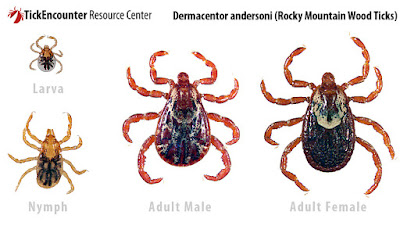Whether you are working in your yard, involved in
watching children play sports, enjoying the outdoors as a family or working in
some other way, we have been enjoying some decent weather lately. This good weather has also resulted in some
minor sunburns already from what I’ve seen.
Please listen to the following Extension resources about how to enjoy our weather safely.
Protect your children. Damage to their skin now will have serious
effects in future years. Plan summer
work so that inside activities occur from 10 a.m. to 2:00 p.m. to avoid being
outside during the hours of most intense sunlight. Don’t forget, it is possible to burn on an
overcast day.
When working outside, cover skin with gloves, a hat with
ear and neck protection, long sleeves, and pants. Button up the neck of long sleeve shirts. Light cotton reflects heat and is cooler for
working outdoors.
On skin that can’t be covered with clothing, use an
SPF 15-50 sunscreen. SPF (sun protective factor) is a measure of effectiveness in
preventing sunburn. A sunblock is different
from a sunscreen and may protect against more ultraviolet rays. Look for a block containing titanium dioxide or
zinc oxide. These chemicals are
generally safer for children because they aren’t absorbed into the skin. The
new “sport” sunscreens are less likely to sweat off. Otherwise, if working and sweating, reapply
the sunscreen or block every hour.
Even with a sunscreen on it is still possible to get
burned. Reapplying the sunscreen doesn’t
extend the time of protection, it only replenishes what sweats off. Don’t forget a sunblock for lips. Chapped lips may really be sunburned.
Generously apply sunscreen and sunblock 30 minutes before
sun exposure. Sunscreen chemicals take
time to bind to the skin’s surface. Wear
a hat to cover your forehead. By not
applying a sunscreen there, one can avoid stinging eyes from sunscreen
chemicals in sweat. Don’t neglect your eyes in sunlight. Studies have shown an increased risk of early cataract formation with prolonged sun exposure. Protect eyesight with sunglasses, but don’t get extremely dark lenses. Behind darker lenses eyes dilate, allowing more ultraviolet light to enter the eyes. Buy good quality glasses coated with a UVA blocking filter.




